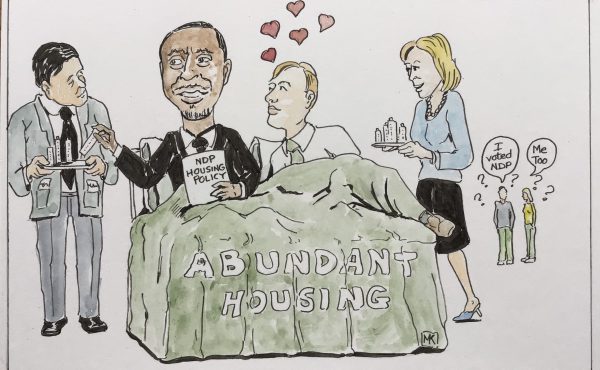
Popular culture offers a glimpse into the context of its creator. In the film, repeat viewings reveal that one of the most important elements is the setting, without which the story might not have enough context to be compelling. This becomes especially apparent after your three-year-old insists that you watch Cars for the fifth time in a row.
Contrary to popular belief, Cars (2006) is not a story about a race car’s journey of self-discovery. Instead, it is a story that contains layers of complexity beyond its intended audience. At its core, Cars is a story about a town struggling to survive in the shadow of the New Deal and the construction of the Interstate highway system. For this review, the real story begins when Lightning McQueen is brought before traffic court in Radiator Springs (Nevada?) and is sentenced to re-pave the town’s Main Street after ruining it in a panicked rampage by the town’s self-appointed mayor and judge Doc Hudson (voiced by the late Paul Neuman of salad dressing fame).
First, the ethics of using punitive labour for infrastructure renewal are hazy, but to keep with the story’s spirit, let’s say that McQueen was fined for his infraction instead. In that scenario, there is still a tricky ethical and practical problem that must be overcome. Traffic fines are put in place to enforce and enhance road safety. Explicitly using fines to fund infrastructure adds a secondary incentive to local governments that may overshadow the first.
In the world of Cars, there is a danger that old Doc Hudson could get addicted to the new stream of dollars as a way to solve infrastructure issues, and the next thing you know, Doc Hudson is handing out tickets for minor infractions to the very visitors the town is trying to entice. However, one of the issues with fundraising from punitive measures is that eventually, people get wise, and you achieve your goal of making the streets safer. With no one to issue fines to, the funding source dries up.
Ignoring the issues with punitive fundraising, the results of the new blacktop in Radiator Springs speak for themselves. Lightning McQueen does an expert job, and the town is transformed. The refurbished Main Street inspires local business owners to spruce up their facades and restores civic pride to its pre-interstate splendour. Doc’s gambit paid off and served as a clever catalyst for change that required very little from the municipality of Radiator Springs. Ultimately, it is a case study in downtown revitalization incentives, where access to capital funds is limited. In this case, the town was ready to be creative and took a risk to try and make the change it wanted to see. Radiator Springs took the opportunity to set the table to the best of their ability and let the townscars bring the meal.
Lastly, Cars demonstrates the importance of storytelling in building tourism economies.
The events of Cars lead to the discovery of Doc Hudson’s former racing career. That, combined with McQueen’s own racing fame, created enough momentum to create a new attraction and reason for cars to divert from the interstate. This is the sustaining magic of a successful downtown revitalization. While the initial improvements to Main Street inspired the local business cars to improve their properties, Radiator Springs did not see lasting success (sequels, TV spin-offs, merchandising) because of the new blacktop. Instead, the racing story and activity drew people in and kept them coming back (Magnets!). The investment catalyst and the story created a place that the cars of Cars enjoyed visiting.
From an urban planning perspective, Cars provides a lot of food for thought. The themes of downtown revitalization, capital infrastructure renewal, the effects of highway bypass routes on small towns, and reimagining community identity are prescient.
***
Andrew Cuthbert is a community planner who works on land use plans, zoning bylaws, and active transportation plans all over British Columbia. He loves helping communities solve problems. When not working, Andrew can most likely be found on his bike taking in the sights and fresh air.

